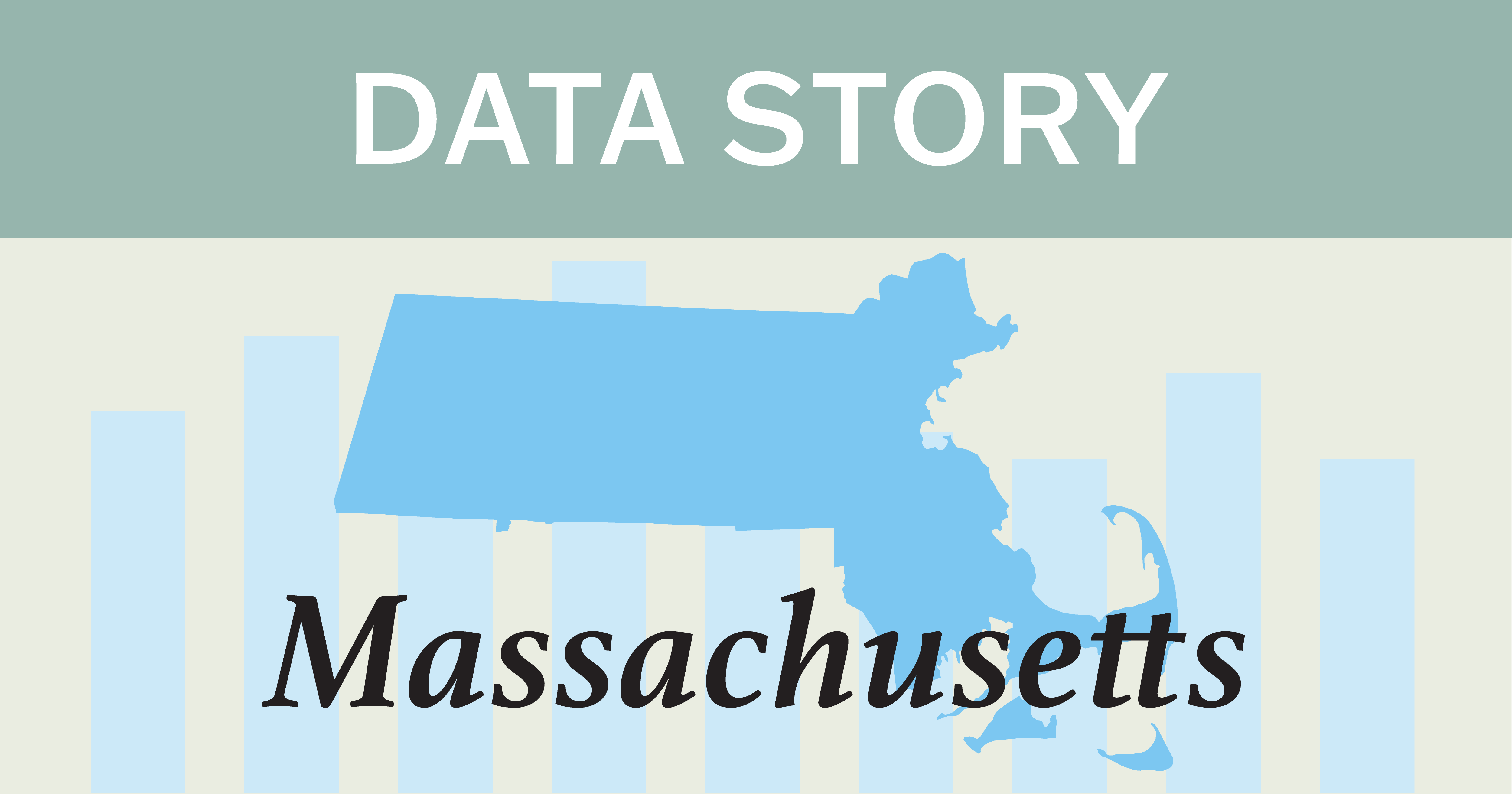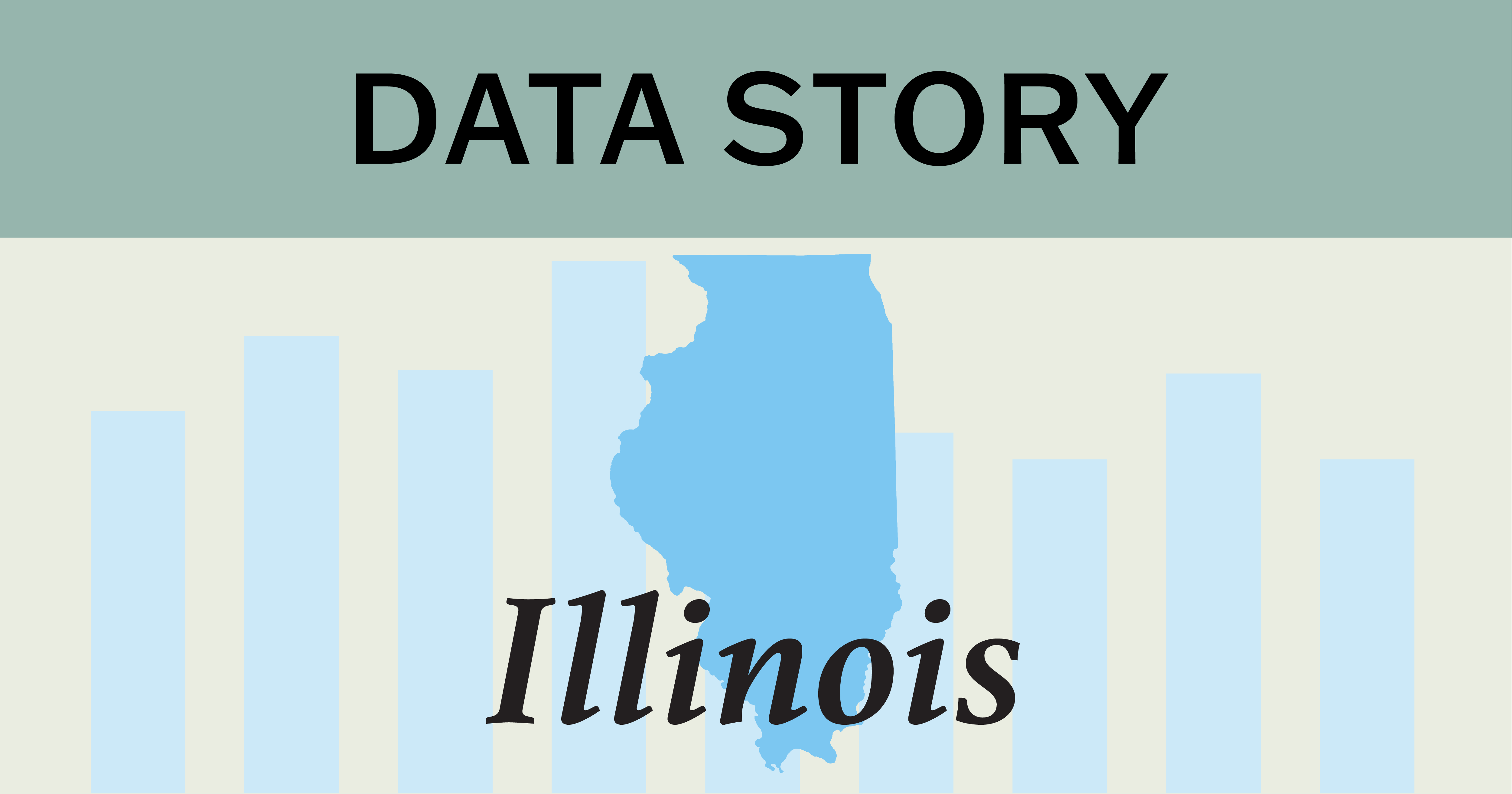Posted in: Aha! Blog > Wit & Wisdom Blog > Professional Development Data Stories > Grassroots Enthusiasm Powers Adoption of Evidence-Based ELA and Math Curricula
The Pentucket (Massachusetts) Regional School District’s journey to using high-quality mathematics and English language arts (ELA) instructional materials began with a simple step in 2015. Worried that the math curriculum they were using at the time (another widely used math curriculum) was not aligned with the new standards, a handful of teachers at Donaghue Elementary School in Merrimac formed a Critical Friends Group with the goal of improving math instruction. They discovered, downloaded, and began using EngageNY Math (the predecessor to Eureka Math®).
"It was grassroots for sure. That's the best kind of growth."
—Sara Treem, Grade 3 Teacher
By 2016, a few more teachers in the district were using these standards-aligned math instructional materials, at Merrimac’s two elementary schools and at Bagnell Elementary School in neighboring Groveland. By 2017, almost all the educators at the Merrimac schools had adopted the new materials. And by fall 2018, all three elementary schools in the district were using Eureka Math. “It was grassroots for sure. That’s the best kind of growth,” says Sara Treem, who has served as the district’s math specialist and is now teaching grade 3 while serving as a Eureka Math seasonal associate.
She and her colleagues were immediately impressed with the curriculum’s positive impact on students’ math discussions, their ability to model solutions, and their willingness to try different problem-solving strategies. “I was teaching Title 1 students and was amazed at what they could do,” she says. The district’s assessment data show the gains in students’ learning.
Students’ math knowledge increases with high-quality instructional materials
 Note: These data are reported by the district from the i-Ready Math Benchmark assessment and results are reported in quantiles.
Note: These data are reported by the district from the i-Ready Math Benchmark assessment and results are reported in quantiles.
Interpretation note: Quantiles are intended to help educators know “which skills and concepts students are ready to learn, the level of success students are expected to have with an upcoming skill or concept, and how students are growing in mathematics on a single scale across grade levels.” (Source) The data above show that students are learning more math content at grade level in 2020–2021 than in 2018–2019. Learn more about quantiles here.
In ELA, shifting from workshops to knowledge-based materials
As Eureka Math was gaining traction, the district brought in a new superintendent and assistant superintendent, both of whom made improving literacy instruction a priority. “Our scores were dropping noticeably,” says Assistant Superintendent Brent Conway. Part of the problem was that instruction wasn’t consistent among the district’s schools and in many cases not even among classrooms in the same building. Teachers were selecting their own random materials or developing their own. Many teachers were frustrated by the limitations of the reading and writing workshop’s materials. “We wanted to move away from the workshop model. We wanted something that was based more on evidence and that was knowledge building,” Conway says.
Conway and his colleagues were attracted to the “authentic literature” in Wit & Wisdom® as well as the diverse texts and cultural responsiveness of the curriculum. While the district was looking for a new ELA curriculum, administrators were also hearing the need for different learning opportunities from the district’s alumni. “We are a school district that does not have high levels of racial, ethnic, and cultural diversity. It’s predominantly a white suburban community. At the same time, we were hearing from our graduates that they felt as though they needed more opportunities to be prepared to go to college in the real world and engage with people who were not like them,” Conway says.
"We wanted to move away from the workshop model. We wanted something that was based more on evidence and that was knowledge building."
—Brent Conway, Assistant Superintendent
The district began the shift in ELA instructional materials in 2017 with the adoption of Fundations® from Wilson Language Training, which teaches phonics. In 2019, the district adopted the Heggerty curricula, which teach phonemic awareness skills. The district formed a literacy planning team, and members of the team engaged in professional learning opportunities focused on the science of reading and evidence-based practices.
By the 2020–2021 school year, some teachers were beginning to use Wit & Wisdom, and use of the curriculum grew gradually across schools until the following school year (2021–2022), when the district formally adopted Wit & Wisdom and Geodes®, Great Minds® texts for young readers, for all schools. Geodes closely align with the scope and sequence of Fundations®, as well as other foundational phonics programs, and provide emerging and developing readers opportunities to build knowledge and explicit applied phonics practice.
Conway is especially enthusiastic about Geodes. “I think those are genius, absolute genius,” he says. “Geodes are a big development from other types of decodable text because they provide more of an authentic literature feel, and the content matches up with the Wit & Wisdom modules. For many students, it provides a more engaging reading experience while they are actually practicing their phonics skills.”
Pentucket educators have already seen the positive impact of these instructional materials on students’ literacy test scores.
Tiered Evidence-Based Practices Improve Literacy

Note: These data are reported by the district. The grades K–3 data come from DIBELS. The grades 4–6 data are Lexile measures from the i-Ready assessment. The data reflect the percentage of students meeting the expected benchmark score for that time of year. In the above chart, LNF = Letter Naming Fluency, NWF = Nonsense Word Fluency, ORF = Oral Reading Fluency, and CLS = correct letter sounds.
“Skillful implementation” versus precise fidelity
A primary focus of the district’s curriculum implementation has been helping teachers understand that the ELA and math materials are not scripts that educators must implement word for word. Instead, the district encourages teachers to be flexible and adapt instruction as necessary to meet student needs, an approach that Conway and others call “skillful implementation.” This approach to implementation requires teachers to use data extensively to help identify students’ strengths and weaknesses and to adapt instruction accordingly. (Click here to access a Great Minds webinar on using curriculum-embedded assessments to make instructional decisions.)
"You need to have resources in place to help teachers know when to zig and when to zag."
—Brent Conway, Assistant Superintendent
To support teachers in this work, the district has also emphasized professional development, including workshops, regular comprehensive data discussions, and regular coaching. “You need to have resources in place to help teachers know when to zig and when to zag,” Conway advises. The district has provided these data-focused discussions and professional development opportunities alongside continued support for curriculum implementation. Jen Hogan, the newly hired district literacy coach, has been a constant support for teachers, modeling lessons and helping teachers prepare to make instructional decisions.
Pentucket educators have found that curriculum-focused professional development and more time to plan lesson-planning time are critical for successful implementation. “You have to plan, but having the Implementation Guide in front of you makes that planning a lot easier. It gives you everything you might possibly need, but you have to be able to skillfully implement the components, based on your expertise and on what data is telling you around your student needs,” Conway says.
Treem also strongly advises schools and districts to budget adequately for Great Minds professional development. The first year of implementation will be challenging, but she urges colleagues to resist the temptation to slow the units’ pacing. (Great Minds recognizes the importance of flexibility, and the Wit & Wisdom Teacher Edition offers guidance for adjusting pacing as needed.) Identify the key points of each lesson and module, and focus on those. “Even if not all students are fully comprehending, know that the concepts will circle around and come up again,” she says. When district educators faithfully followed the curriculum, students succeeded. “We couldn’t believe what our students could do,” says Treem.
Read more about Pentucket’s decision to use high-quality instructional materials in these two blog posts: “Why We Chose Wit & Wisdom” and “Data Discussions Drive Progress: Pentucket’s Curriculum Journey.” To keep up to date on the district’s work, follow them on Twitter @pentucketteach.
Pentucket is attracting attention from around the state and nation. Teams from other Massachusetts school districts will be visiting Pentucket this year, as will Curriculum Matters, the national nonprofit that promotes high-quality instructional materials.
Submit the Form to Print

Jenny Taylor
Jenny has over a decade of experience in education policy and research. She has worked with states and districts on the development and implementation of college and career readiness policies, especially around the implementation of rigorous standards and high-quality instructional materials. She has extensive knowledge about K–12 standards, graduation requirements, assessments, and accountability systems nationwide. Additionally, she has conducted research for school districts to address pressing needs in those districts. Jenny received her B.A. in English and education from Bucknell University and her M.Ed. in education policy from the University of Pennsylvania Graduate School of Education.
Topics: Professional Development Data Stories












